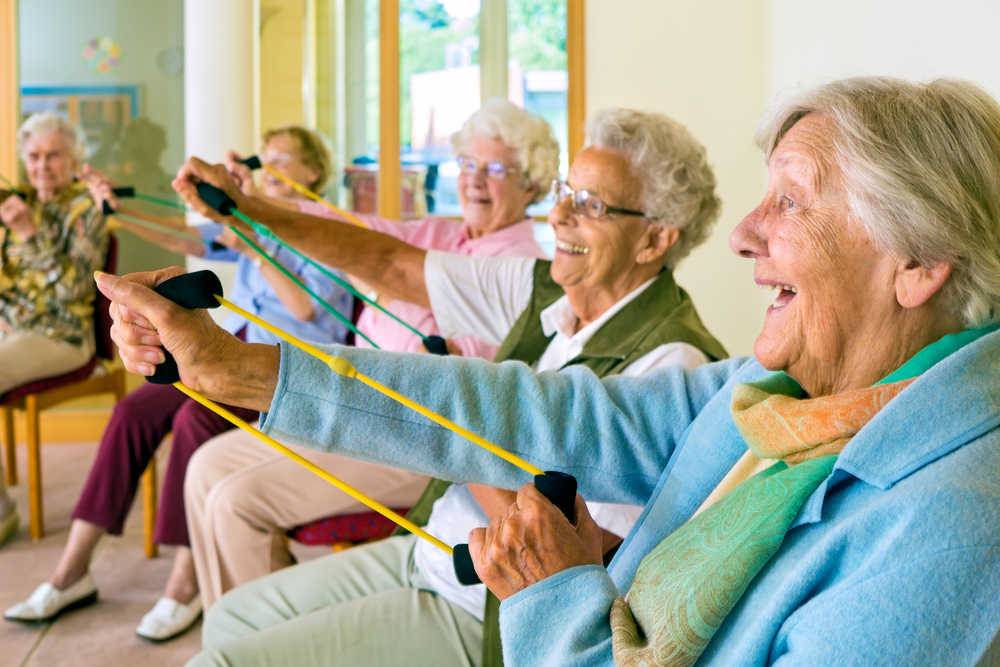The Bottom Line
- Exercise is important for optimal aging.
- Research shows that exercise can hold a variety of health benefits for people living with urinary incontinence, coronary heart disease, peripheral artery disease, rheumatoid arthritis, and overweight or obesity.
- Living with a health condition? Speak with your health care team to determine whether exercise is an appropriate strategy for you, and how to safely integrate it into your routine.
A new year has arrived. As we start this next chapter, many of us will be looking to our list of New Year’s resolutions for guidance. Stressing less, spending more time with loved ones, eating a balanced and nutritious diet, and achieving or maintaining a healthy weight are some of the most common resolutions people set each year. Perhaps none are more common than the E word… Yes, exercise! We know it is good for us, which is why it keeps making its way back onto our list. To keep us motivated to sticking with our exercise-related aspirations, let us look at five health conditions that benefit from engaging in exercise. Click on the links below to learn more.
Squeeze, relax, repeat (1). From strength to power to endurance, pelvic floor muscle training involves exercises that aim to improve various aspects of our pelvic floor muscles (1;2). Research shows that in women with different forms of urinary incontinence, this form of training can either help to cure or improve their condition (1).
Ranging from education to psychological support, cardiac rehabilitation can involve a diverse set of stand-alone or combined strategies. Like the name suggests, exercise-based cardiac rehabilitation is centered on exercise. Research shows that in people living with coronary heart disease, exercise-based cardiac rehabilitation can lower the risk of heart attack, hospital admission, and death from any cause. Health-related quality of life can also be enhanced. These benefits are seen in the short-term (3).
Peripheral artery disease (PAD) reduces blood flow to affected areas of the body—such as the legs, which are a commonly impacted site (4;5). Research shows that in individuals living with PAD in their legs, structured home-based exercise programs can boost physical activity levels and walking distance in the short-term (5).
Lack of information and fear can stop us from doing a lot. For some people living with rheumatoid arthritis, one of these things is exercise (6-8). Research shows that both aerobic exercise and strength training—alone or in combination with one another—may improve symptoms and outcomes in this population. This includes improvements related to indicators of physical fitness and inflammation, physical function, walking time, pain, and fatigue. Potential benefits vary by exercise type (6).
Walk the walk! Research shows that in women living with overweight or obesity, walking can reduce total cholesterol and low-density lipoprotein (LDL) “bad” cholesterol. These positive outcomes are seen even without additional diet or weight-loss interventions (9).
The new year presents an opportunity to commit to healthier behaviours that are associated with positive health outcomes. With that said, exercising while living with a health condition can be daunting. Consult with your health care team about if, and when, it is appropriate for you to integrate exercise into your routine, what exercises or programs are best for you, and how to safely engage in these activities.











